McCollum Science Hall (1966)
In the mid- 1950s, representatives of the Board of Regents and Iowa private colleges met to discuss the shape of higher education for the next ten years. They knew they faced the usual problems of aging facilities, but they were also beginning to understand how the Baby Boomer generation would affect colleges and universities. Marshall Beard represented the Iowa State Teachers College (now the University of Northern Iowa) at these deliberations. Beard, who served as the ISTC Registrar, reported on his perceptions of upcoming changes at a Phi Delta Kappa meeting in July 1956. He predicted the end of the two-year teacher education curriculum and the addition of a graduate program. He believed that the oldest college buildings, Central Hall, Old Gilchrist Hall, and the Old Administration Building, would be razed and replaced with modern facilities. New buildings would include a library and a music building. There would also be additions to the Auditorium Building (now Lang Hall) and the Science Building (now Physics Building).
Beard's vision was clear and most of what he predicted happened, though not quite as quickly as he predicted. For example, the shift of physical education and athletics facilities to the west edge of campus took almost fifty years to bring to completion. Other changes happened more quickly, such as the addition of Russell Hall (1960), and the Rod Library (1963).
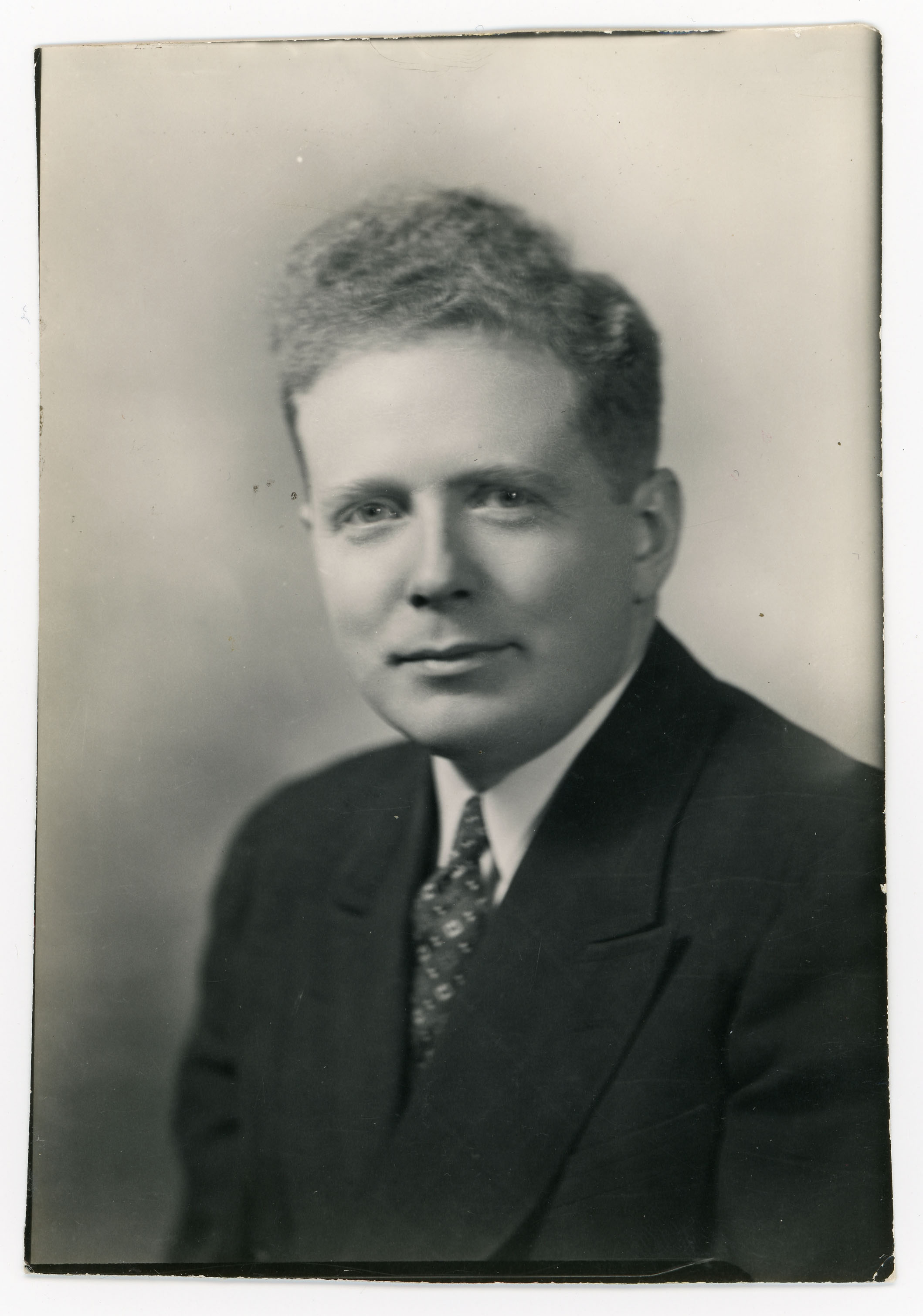
By 1962, revisions to the Science building had evolved into a plan for a whole new building with a budget of $1.77 million. In December 1963, the Regents approved a $1.29 million budget for the new building; in January 1964, they granted authority to negotiate architectural services. The building would be constructed in three or perhaps four phases. By September 1964, the site had been shifted to the area south of Seerley and Sabin Halls to keep the new building closer to already-existing instructional buildings.
In February 1965, the Regents gave the college permission to amend architectural plans to include Unit II with the hope that the General Assembly would approve an additional $897,000 for construction and $250,000 for equipment. Thorson-Brom-Broshar-Snyder Architects of Waterloo designed the building. Legislative action resulted in a total of $2.44 million for the construction of the new science building. In March 1966, the Regents approved Henkel Construction Company of Mason City as the general contractor, the Hagen Company of Sioux City as the mechanical contractor, and See Electric of Waterloo.
Faculty and officials hoped the new building would house the large Department of Science, which was scattered across campus. Professor Dixon Riggs, chair of the science building planning committee organized in 1960, hoped that the new building would "be the best science building available for study in the Midwest." There would be three levels. The bottom level would include lecture rooms and biology laboratories, including space for an electron microscope to be funded by the federal government. The middle level would include a large lecture room and life sciences laboratories. The top level would house chemistry classrooms and laboratories. Overall, the building would house twenty-six laboratories and thirty staff offices. In March 1966, the Regents approved a construction budget of $3.58 million and construction began that spring.
By fall 1966, some students voiced their concern about the location and architectural style of the new building, including its close proximity to other buildings and the lack of windows. President Maucker and members of the science faculty responded saying the location kept the science classes close to other instructional buildings. The building was designed without windows for two reasons: first, this design would provide more interior wall and facilities space; second, interior environmental conditions would be more easily controlled, a critical factor for scientific work. Faculty and officials had to explain the windowless feature of their new building many, many times.
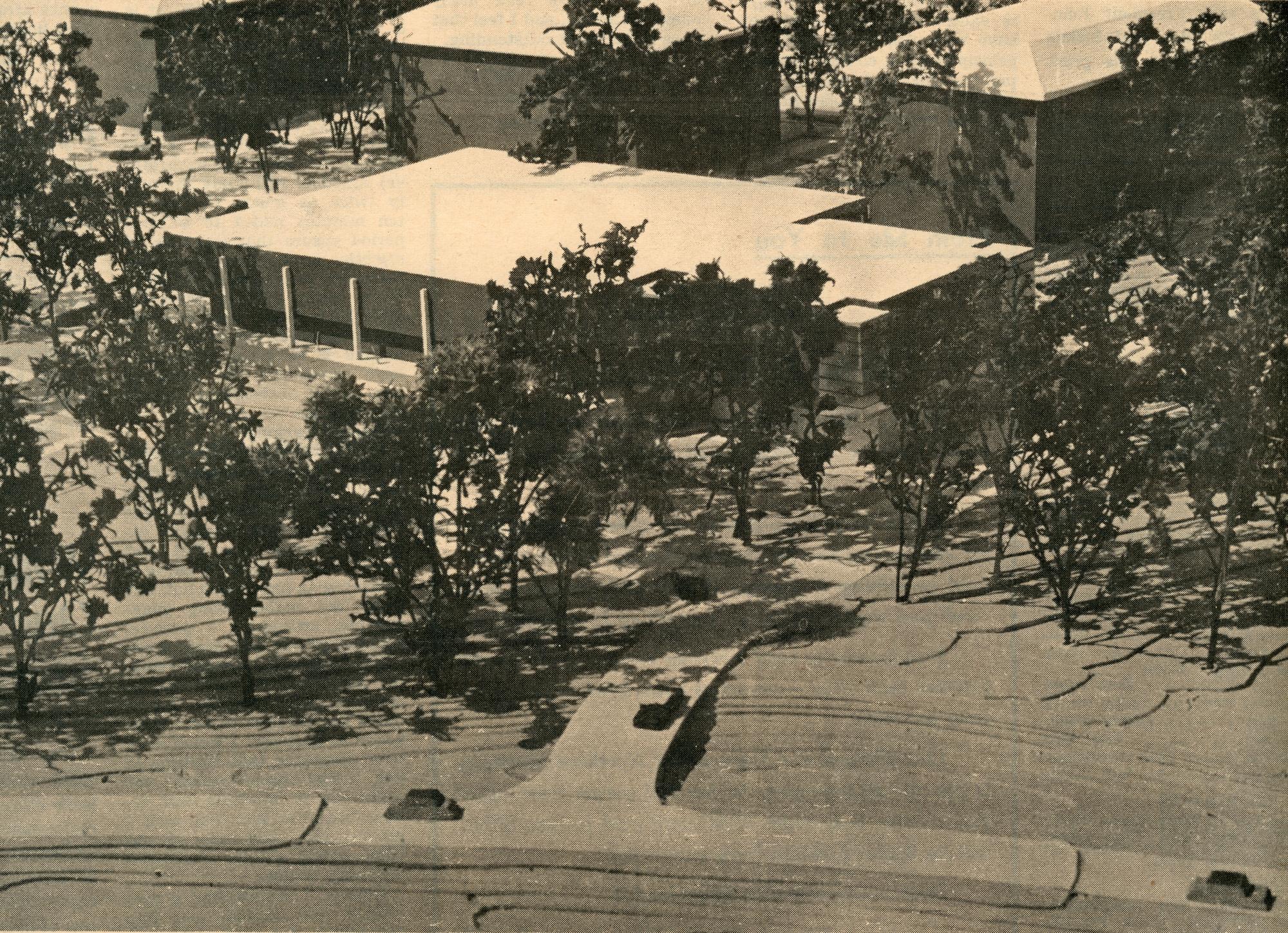
By May 1967, the building was about one-third done with an anticipated completion date set for fall 1968. By May 1968, construction was almost done and equipment was being moved into the new building. Some parts of the building were used during the summer 1968 session, even though the air conditioning system was not yet available. The building was ready for the fall 1968 term.
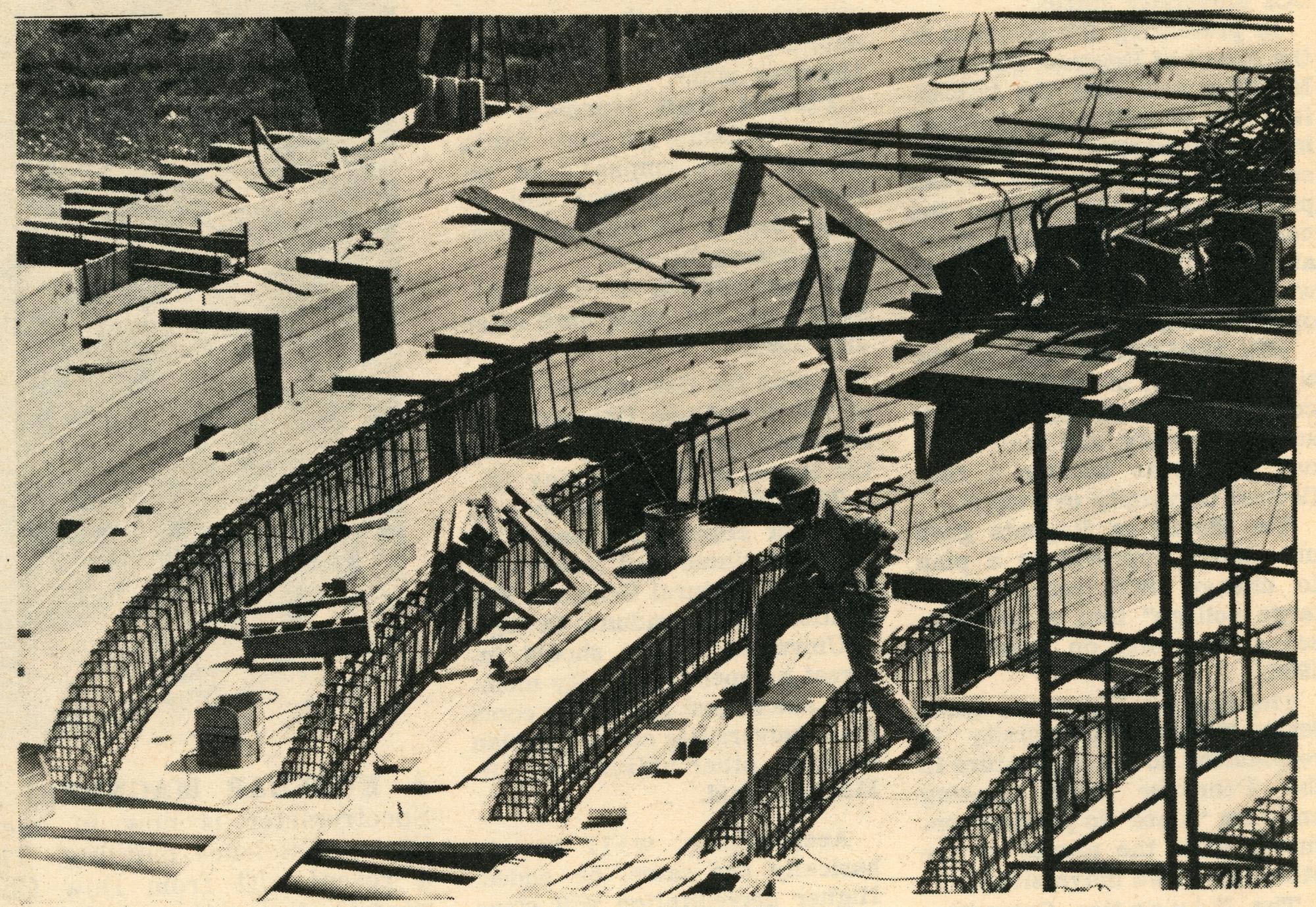
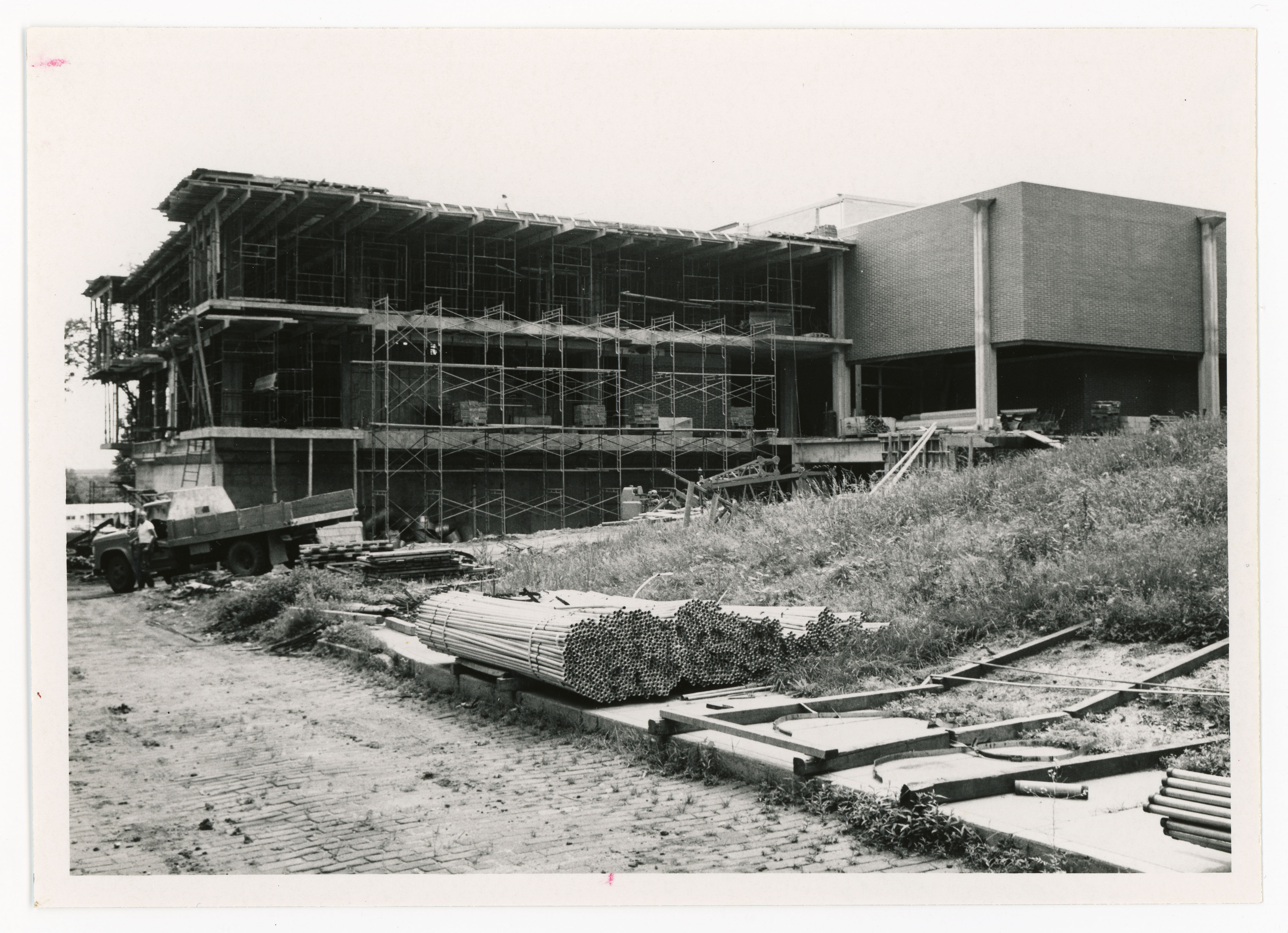
Science faculty were happy with their new building and the approximately $1 million worth of new equipment. Clifford McCollum, Dean of the College of Natural Sciences, said, "Faculty members and students alike have made favorable comments." Professor Riggs said, "The acoustics and seating arrangements are so good now that students are more eager to attend classes. Attendance is higher and the morale of the faculty is better, too."
All chemistry classes and about 75% of biology classes were held in the new building. At one time, there was hope that all science classes would be housed in or near the new building. Plans were made for a "physics tower" east of the new building and an addition on the west side of the building to house a museum and classrooms for geology and science education. However, this became another instance of phantom facilities on the UNI campus that never came to be.
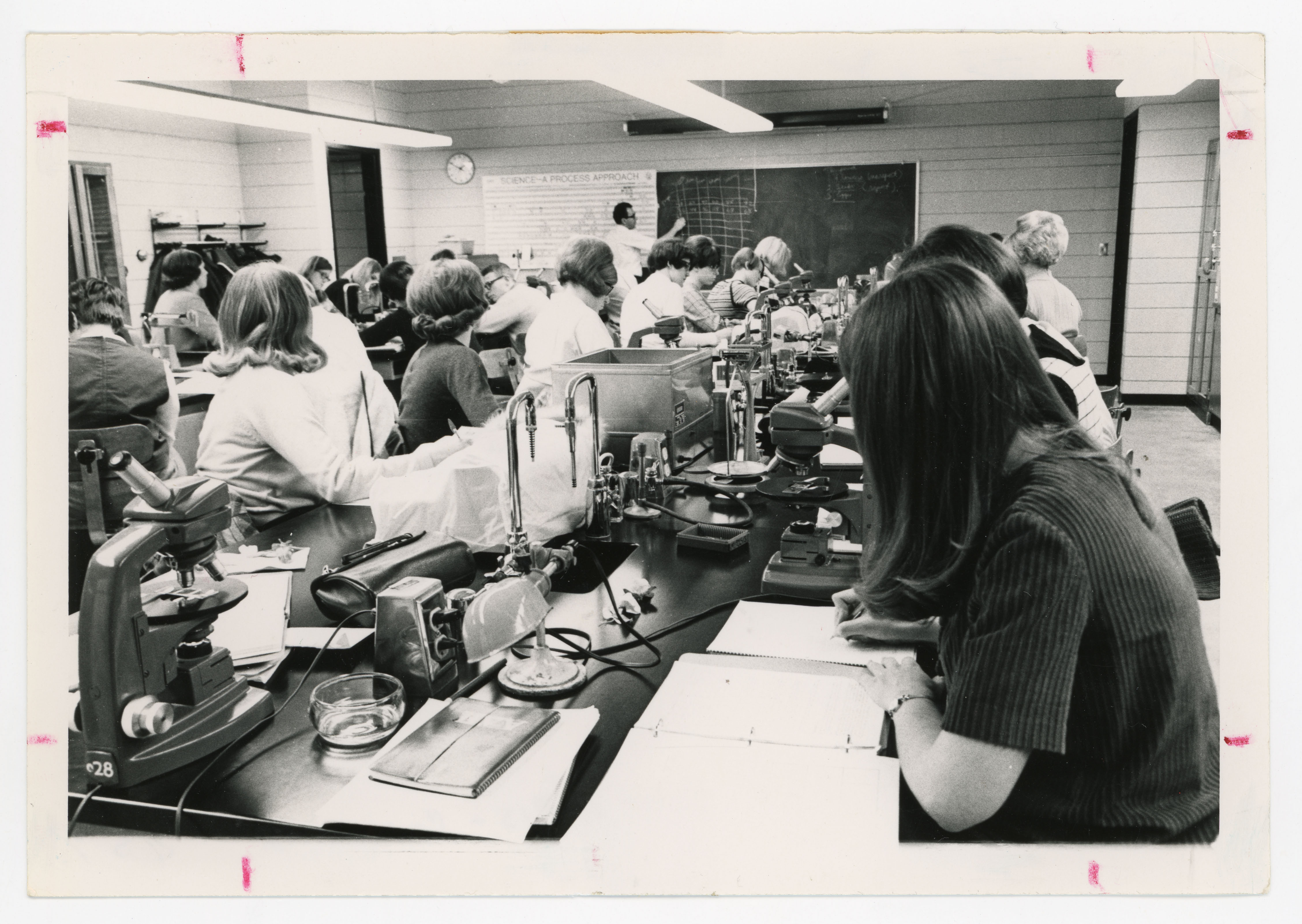
On March 7, 1969, the new Science Building was dedicated. George Wells Beadle, who won the 1958 Nobel Prize in physiology and medicine for his research on genetic chemistry, spoke at the dedication. He said that "man's most important and significant potential for improving society lies in the area of cultural evolution" and that "cultural evolution can be more readily controlled, unlike biological evolution where man's genetic makeup is determined from birth." He went on to say that "man can shape his society and direct the evolution of plants and animals." Dean McCollum and President Maucker also spoke. John Schulze, an art professor at the University of Iowa, designed the photographic mosaic of the life sciences near the large lecture room.
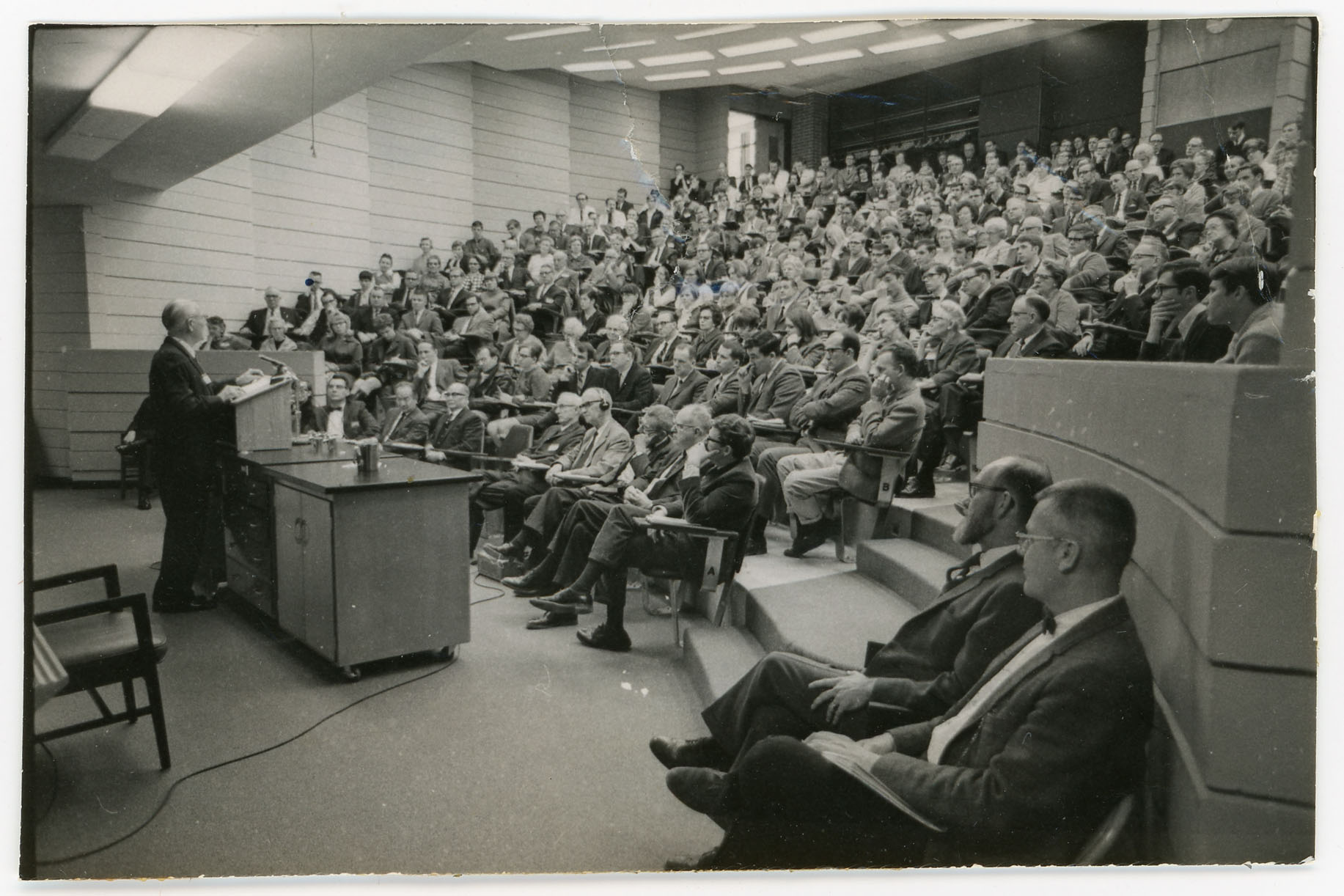
On June 12, 1976, the Science Building auditorium was dedicated to honor C. W. Lantz, former head of the Department of Science. Lantz, who served on the faculty from 1921 through 1957, attended the ceremony, which was followed by a reception and dinner. Also in 1976, Professor M. B. Smith donated a ten-inch telescope, which was mounted in a rooftop observatory on the building in 1979.
In April 1984, the Regents officially named the Science Building in honor of Clifford G. McCollum; from then on, the building would be known as McCollum Science Hall. McCollum served on the faculty from 1949 until his retirement on June 30, 1984. He was head of the Department of Science from 1957 through 1968 and then Dean of the newly-organized College of Natural Sciences from 1968 through 1984. In requesting the name change, President Constantine Curris noted "the deep and abiding respect which Dean McCollum commands in the University community.”
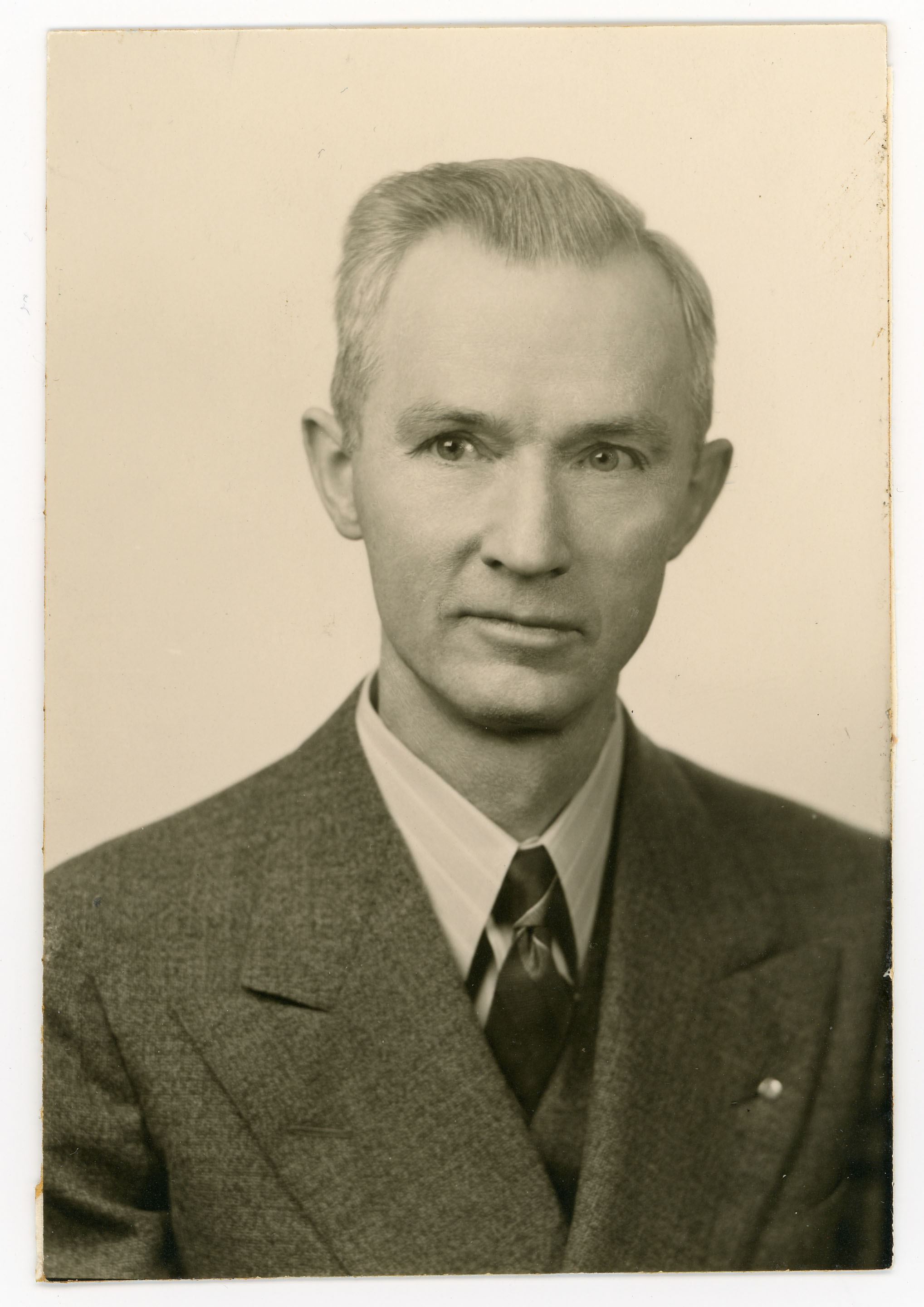
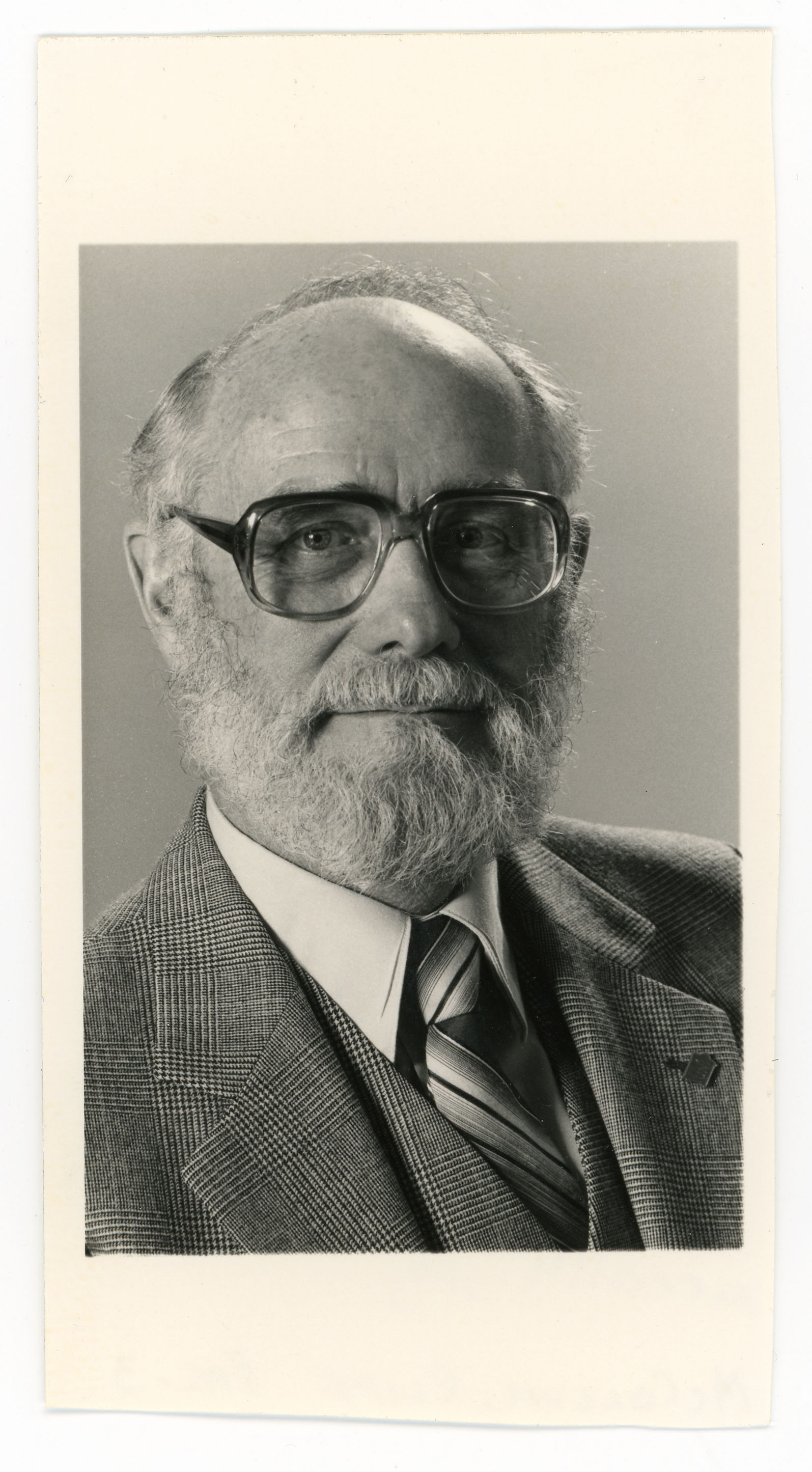
McCollum Science Hall served the campus well but increasing enrollments in the sciences put pressure on the facilities. In 1993, the Regents put a $4.8 million addition to the building onto their list of capital requests. In 1995, the university received a $330,000 National Science Foundation grant to renovate its chemistry and environmental science facilities. The grant targeted six classrooms for improvement. The work would include ventilation hoods, laboratory benches, and cold rooms. By late 1999, the McCollum Science Hall addition, which would almost double the size of the existing building, had risen to the top of UNI's capital improvement list. The budget for the work was estimated at $16.9 million. A group of students traveled to Des Moines in February 2000 to lobby the General Assembly to fund the project. The project was funded, and, as a bonus, the Roy J. Carver Charitable Trust donated $1 million to purchase instruments and equipment.
Construction began on October 22, 2001 and was finished in time for the fall 2003 semester. The university scheduled a dedication ceremony for the McCollum Science Hall addition for October 10, 2003. Speakers included President Koob, former Dean McCollum, and others. Dean McCollum said, "I am proud of the associations I have had with Iowa, UNI, this building, and individual faculty, staff, and students. You are the salt of the earth. You deserve this facility. And I know you'll make it glow."
Dean McCollum also commented, in a humorous aside, on the number of windows in the new addition in contrast to the windowless original building, saying, "I wish that (former chemistry faculty member) Leland Wilson could be here today. Then I could tell him that he could finally have an office with a window."
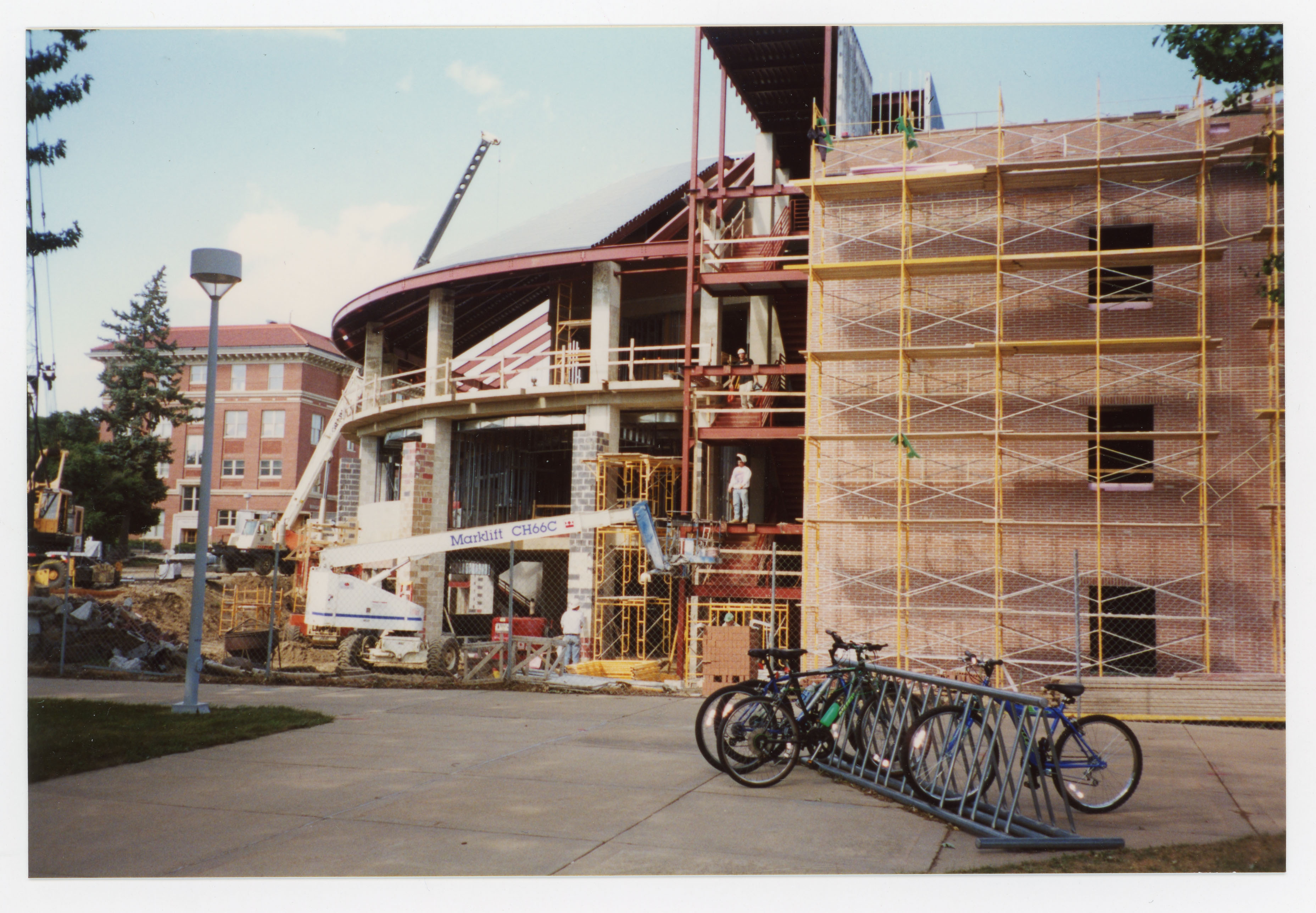
Professors Barbara Hetrick and Paul Rider both praised the new facilities for fostering better teaching and improved research. The 64,000 square foot addition provided nine laboratories, four lecture/classrooms, sixteen student/faculty research laboratories, and twenty-four offices.
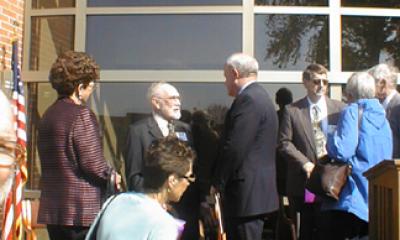
Compiled by Library Assistant Susan Witthoft; edited by University Archivist Gerald L. Peterson, July 1996; substantially revised by Gerald L. Peterson, with research assistance by Student Assistant Jordan Ockerman and scanning by Library Assistant Gail Briddle, January 2004; last updated, November 8, 2011 (GP); content updated by Graduate Intern Marcea Seible, June 2025.
